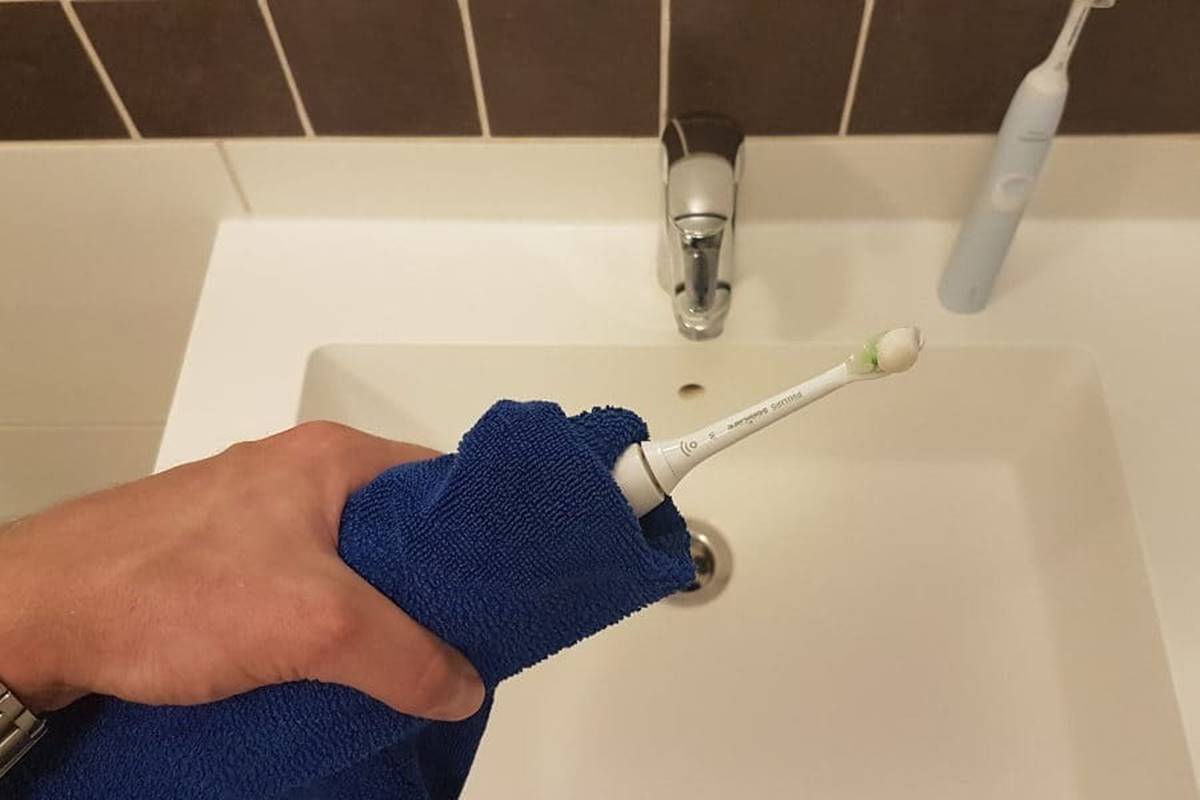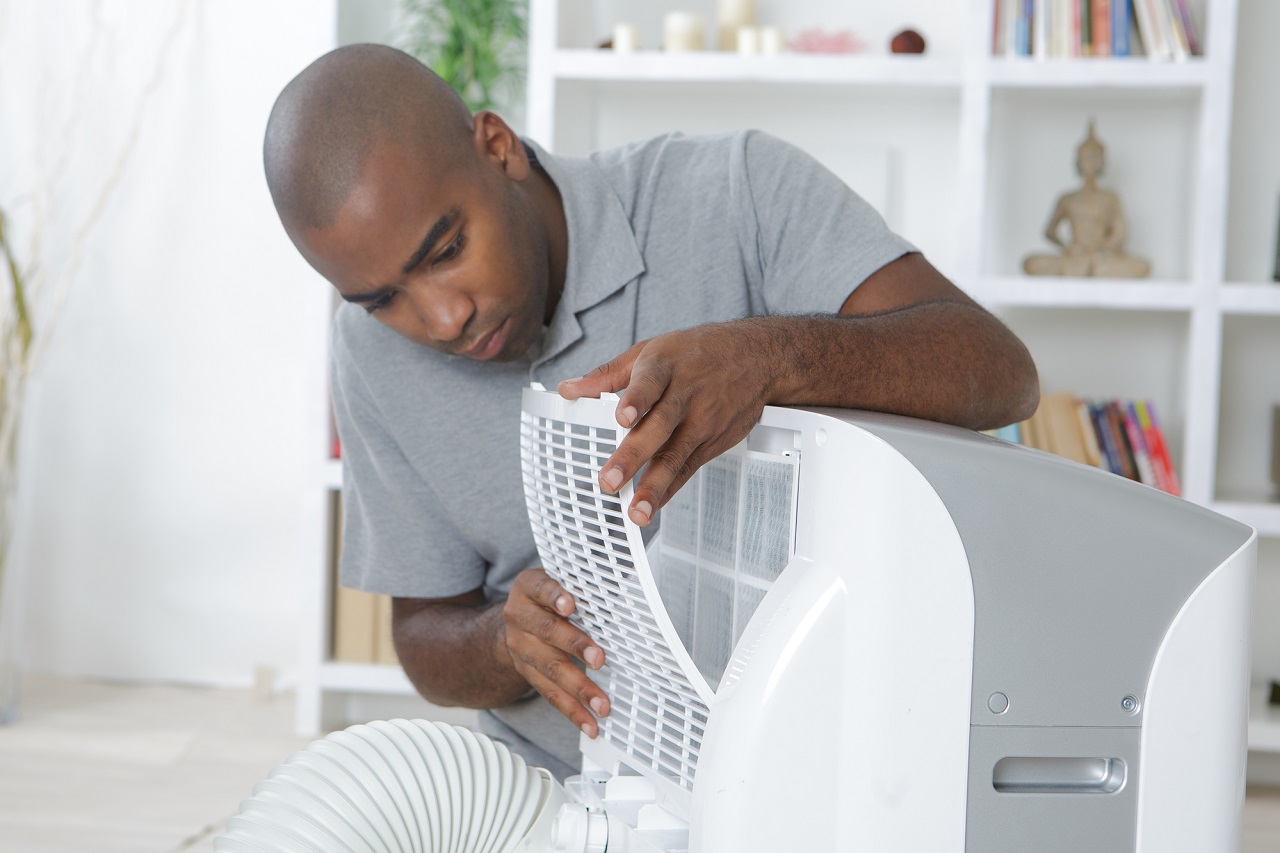

Articles
How To Make Your Blender Quieter
Modified: February 28, 2024
Discover how to make your blender quieter with these helpful articles. Reduce noise and enjoy a peaceful blending experience.
(Many of the links in this article redirect to a specific reviewed product. Your purchase of these products through affiliate links helps to generate commission for Storables.com, at no extra cost. Learn more)
Introduction
Blenders are a versatile kitchen appliance, used for everything from making smoothies and soups to crushing ice and blending ingredients. However, one common complaint about blenders is the noise they produce. The loud and disruptive noise can be a real nuisance, especially when using the blender in a small living space or early in the morning when others are still sleeping.
Fortunately, there are several strategies you can employ to make your blender quieter without compromising its performance. In this article, we will explore different methods to reduce blender noise, ranging from simple placement techniques to soundproofing solutions and even upgrading to a quieter blender model. By implementing these techniques, you can enjoy the convenience of a blender without disturbing the peace and quiet of your home.
Key Takeaways:
- Reduce blender noise by proper placement, soundproofing materials, and upgrading to a quieter model. Regular maintenance and cleaning also play a key role in minimizing noise for a more enjoyable blending experience.
- Understanding the causes of blender noise and implementing targeted solutions can create a more peaceful blending environment. From stable placement to advanced soundproofing, there are various effective strategies to make your blender quieter.
Read more: How To Make Computer Fan Quieter
Understanding the Noise Issue with Blenders
Before we delve into the various methods to make your blender quieter, it is important to understand why blenders can be so noisy in the first place. The noise generated by blenders can be attributed to a few key factors.
Firstly, the powerful motor in blenders is designed to spin the blades at high speeds, which creates vibrations that can cause a significant amount of noise. Additionally, the sound produced by the blades cutting through ingredients and the movement of the air inside the blender jar can contribute to the overall noise level.
Furthermore, the materials used in the construction of the blender, such as plastic or glass, can also affect the noise produced. Plastic blender jars often amplify the noise due to their lightweight and resonating properties, while glass jars tend to absorb some of the noise.
It is important to note that while blender noise is unavoidable to some extent, there are steps you can take to minimize it and create a more peaceful blending experience.
Now that we have a better understanding of why blenders can be noisy, let’s move on to exploring the strategies to reduce blender noise and make your blending sessions more enjoyable.
Assessing the Cause of the Noise
When it comes to reducing blender noise, it’s essential to assess the specific causes of the noise. By identifying the root cause, you can implement targeted solutions to minimize the noise effectively.
One common cause of excessive blender noise is the placement and stability of the blender. If the blender is not securely placed on a stable surface, it can vibrate and produce additional noise. Ensure that the blender is placed on a firm, level, and non-slip surface to reduce vibrations and, subsequently, noise.
Another factor to consider is the load inside the blender. Overloading the blender jar can cause strain on the motor and result in excessive noise. It is recommended to follow the manufacturer’s guidelines for maximum capacity and avoid filling the jar beyond the recommended level.
The age and condition of the blender can also contribute to the noise level. Over time, the motor and other components may wear out, leading to increased noise. If your blender is old and showing signs of wear, it might be worth considering an upgrade to a newer and quieter model.
Lastly, the type of ingredients being blended can impact the noise level. Hard ingredients like ice cubes or frozen fruits can create more noise as the blades work to break them down. Consider thawing or pre-chopping hard ingredients to reduce the strain on the blender and minimize noise.
By carefully assessing and addressing the specific cause of the noise in your blender, you can take the appropriate steps to reduce noise levels effectively.
Proper Placement of the Blender
The placement of your blender plays a significant role in minimizing noise. Here are a few tips to ensure the proper placement of the blender:
- Choose a Stable Surface: Place your blender on a stable and level surface, such as a countertop or table. Avoid placing it on surfaces that may amplify vibrations, such as a hollow or uneven surface.
- Use a Non-Slip Mat: To further stabilize the blender, consider placing a non-slip mat or silicone pad underneath it. This helps to reduce any movement or vibrations that can contribute to noise.
- Away from Walls and Cabinets: When using the blender, make sure it is positioned away from walls, cabinets, or any other objects that could potentially amplify or reflect the noise. This can help to minimize the reverberation of sound.
- Allow Airflow: Blenders generate heat during operation, so it’s important to ensure that there is adequate airflow around the unit. Avoid placing the blender in an enclosed space, as it can trap heat and potentially increase noise levels.
By implementing these placement techniques, you can effectively reduce vibrations, minimize noise, and create a more pleasant blending experience.
To make your blender quieter, try placing a rubber mat or towel underneath it to absorb vibrations and reduce noise. Additionally, make sure the blender is on a stable surface to minimize rattling.
Using Soundproofing Materials
If you’re looking for more advanced ways to reduce blender noise, consider using soundproofing materials. These materials can help absorb and dampen the noise produced by the blender. Here are some options to explore:
- Soundproofing Mat: A soundproofing mat is a rubber or foam pad that is specifically designed to absorb and reduce vibrations and noise. Place the mat underneath the blender to create a barrier between the blender and the surface it’s placed on. This can effectively minimize the transfer of vibrations and reduce noise.
- Soundproofing Enclosure: For a more comprehensive solution, you can opt for a soundproofing enclosure or box. These enclosures are specially designed to surround the blender and isolate the noise. They are usually made of sound-absorbing materials such as acoustic foam or sound-dampening panels. While this option may require some DIY skills or purchasing a pre-made enclosure, it can significantly reduce blender noise.
- Acoustic Panels: Acoustic panels are often used to improve sound quality in recording studios and concert halls, but they can also be utilized in reducing blender noise. These foam or fabric panels can be mounted on the walls or surrounding surfaces near the blender to absorb and dampen sound waves, thereby reducing noise reflection and amplification.
By incorporating soundproofing materials, you can effectively minimize blender noise and create a more peaceful blending environment.
Read more: How To Make Garage Door Quieter
Upgrading to a Quieter Blender
If the noise level of your current blender is still too high despite implementing placement techniques and using soundproofing materials, it may be time to consider upgrading to a quieter blender model. Here are some factors to consider when choosing a blender with noise reduction features:
- Noise Reduction Technology: Look for blenders that are specifically designed with noise reduction technology. These blenders often come with features like insulated motor enclosures, dampening pads, or innovative blade designs to minimize noise while maintaining optimal blending performance.
- Powerful but Quieter Motor: Choose a blender with a powerful motor that operates at a lower decibel level. Some blender models offer quieter motor technology, which reduces noise while ensuring efficient blending power.
- Quality Construction: Opt for blenders that are made with high-quality materials, such as thick glass or heavy-duty plastic. These materials can help to reduce noise by absorbing vibrations and minimizing excess sound.
- User Reviews and Ratings: Before making a purchase, do thorough research by reading customer reviews and ratings. Look for feedback specifically related to the noise level of the blender and consider the experiences of other users in determining if the blender meets your noise reduction needs.
Investing in a quieter blender can significantly enhance your blending experience and minimize disturbance caused by excessive noise.
Remember to compare different models, consider your specific needs, and choose a blender that balances noise reduction with performance to achieve the best results.
Regular Maintenance and Cleaning
In addition to placement techniques, soundproofing materials, and upgrading to a quieter blender, regular maintenance and cleaning can also contribute to reducing blender noise. Here are some tips to keep your blender functioning smoothly and quietly:
- Proper Blade Assembly: Ensure that the blender’s blade assembly is securely tightened. Loose or faulty blade assembly can cause excessive vibrations and noise. Check the manufacturer’s instructions for proper blade assembly techniques.
- Clean the Blender Regularly: Residue from previous blends can build up inside the blender jar and on the blades, making them less efficient and potentially causing additional noise. Take the time to clean the blender thoroughly after each use, using warm soapy water or following the manufacturer’s cleaning instructions.
- Check and Replace Worn Parts: Over time, the rubber gasket or sealing ring that sits between the blender jar and the base may wear out. If you notice any signs of wear or damage, it’s important to replace these parts to ensure a proper seal and reduce noise from leaks.
- Lubricate the Motor: Some blenders may benefit from periodic motor lubrication to reduce friction and noise. Check the manufacturer’s instructions to see if this is recommended for your blender model.
- Tighten Loose Components: Regularly inspect the blender’s base, jar, and any other removable components to ensure they are securely fastened. Loose components can create additional noise during operation.
By incorporating regular maintenance and cleaning practices into your blender care routine, you can help extend its lifespan, maintain optimal performance, and minimize noise over time.
Remember to consult your blender’s user manual for specific maintenance instructions and recommendations from the manufacturer.
Conclusion
Blenders are indispensable kitchen appliances that can make food preparation more convenient and efficient. However, the noise they produce can often be a source of annoyance and disturbance. Thankfully, there are various strategies you can employ to reduce blender noise and create a more peaceful blending experience.
By implementing proper placement techniques, using soundproofing materials, upgrading to a quieter blender model, and practicing regular maintenance and cleaning, you can effectively minimize blender noise.
Start by ensuring the blender is placed on a stable surface, away from walls and cabinets, and providing adequate airflow. Consider using soundproofing mats or enclosures to absorb vibrations and sound waves. If necessary, invest in a quieter blender with noise reduction technology and high-quality construction.
Additionally, practicing regular maintenance and cleaning, such as proper blade assembly, thorough cleaning after each use, checking and replacing worn parts, and lubricating the motor, can keep the blender running smoothly and minimize noise over time.
Remember, every effort you make to reduce blender noise contributes to a more enjoyable blending experience and a quieter kitchen environment.
So, don’t let excessive blender noise disturb your peace. Follow these tips and techniques to make your blending sessions quieter, allowing you to enjoy the convenience and versatility of your blender without the unwanted noise.
Frequently Asked Questions about How To Make Your Blender Quieter
Was this page helpful?
At Storables.com, we guarantee accurate and reliable information. Our content, validated by Expert Board Contributors, is crafted following stringent Editorial Policies. We're committed to providing you with well-researched, expert-backed insights for all your informational needs.















0 thoughts on “How To Make Your Blender Quieter”